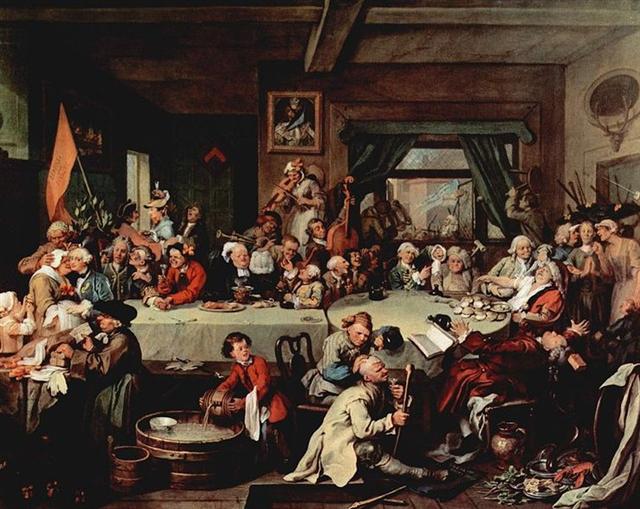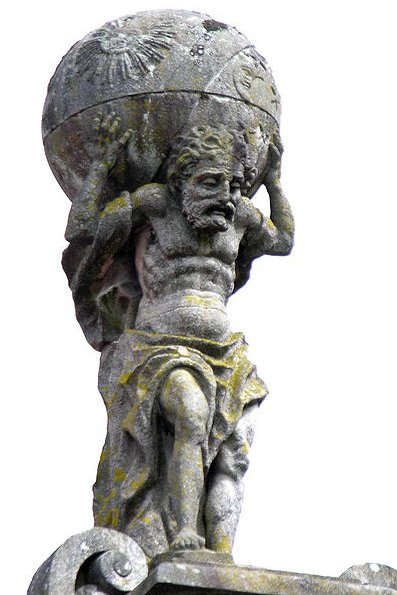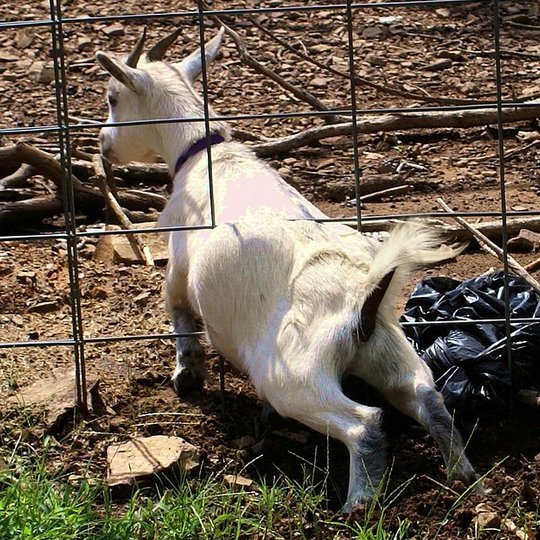|
GLYPHS
Aa5-15-3 We should count 360º - 72º = 288º. For this seems to have corresponded to the day where the Pope Gregory XIII launched his new calendar (canoe): ... Gregory dropped 10 days to bring the calendar back into synchronisation with the seasons. Accordingly, when the new calendar was put in use, the error accumulated in the 13 centuries since the Council of Nicaea was corrected by a deletion of ten days. The Julian calendar day Thursday, 4 October 1582 was followed by the first day of the Gregorian calendar, Friday, 15 October 1582 (the cycle of weekdays was not affected) ...
Perhaps the right way to count in a calendar might be 'from and up to including':
And possibly the 'twenty-five years' of Iko were referring to the days from *78 (Rigel) to *366 / 2. Or, more reasonably, from bottom up; from March 20 (79, 3-20) to April 14 (104, 4-14). ... After he had settled them there, Teke said to the Hanau Eepe, 'Settle her, work, and keep peace among yourselves (he mee o mahamaha kina); let this be the goal of every one of you!' Then Teke assumed royal powers (pahera ariki) and passed them on to Iko. Teke installed the king; Iko was (now) the king (ariki) of the Hanau Eepe. Teke called out to the men, 'Iko is your king, oh people (mahingo)!' The Hanu Eepe remained there. Teke returned. (He) came to Oromanga (name corrected; alternative translation: Along came the adopted rat, kiore ma(a)nga.). That was Iko. Twenty-five years ... [E:85 ]85 - 25 = 60. And 182 - 25 = 157 = 314 / 2.
Pure speculation! We need the stars for guidance, and assuming Aa1-1 was corresponding to January 1 we will find:
The Explorers left their old homeland in April 25 (Vaitu Nui) and they returned in October 25 (Tangaroa Uri 25), half a year later: ... On the twenty-fifth day of the first month (Vaitu Nui), Ira and Makoi set sail; on the first day of June ('Maro'), the bow of Ira's canoe appeared on the distant horizon, came closer and closer on its course, and sailed along, and finally (one) could see the (new home) land ... [E:17] ... Ira, Raparenga, Uure, Nonoma, and Ringiringi got up and left the 'Dark abyss of Hau Maka' (i.e., Rano Kau), arrived at Hanga Te Pau, put the canoe into the water, and sailed off to Hiva, to Maori. Ira left on the twenty-fifth day of the month of October (Tangaroa Uri). When Ira's canoe reached the islets (off the southwestern coast), Makoi (who was staying behind) shouted the following (after him): Eight lands (are there), one has been found (or, an eighth land has been found for the first time, evaru kainga katahi i revaa), that is, Te Pito O Te Kainga. During the fast journey, one cannot find the seven lands in the midst of dim twilight. Once (Easter Island) has been lost, not even eight groups of people (i.e., countless boat crews) can find (it) again. - Ruhi to the right, Pu to the left, necklace around the neck of Hinariru at Papa O Rae! [E:86]
|
||||||||||||||||||||||||||||||||||||||||||||||||||||||||||||||||||||||||||||||||||||||||||||||||||






